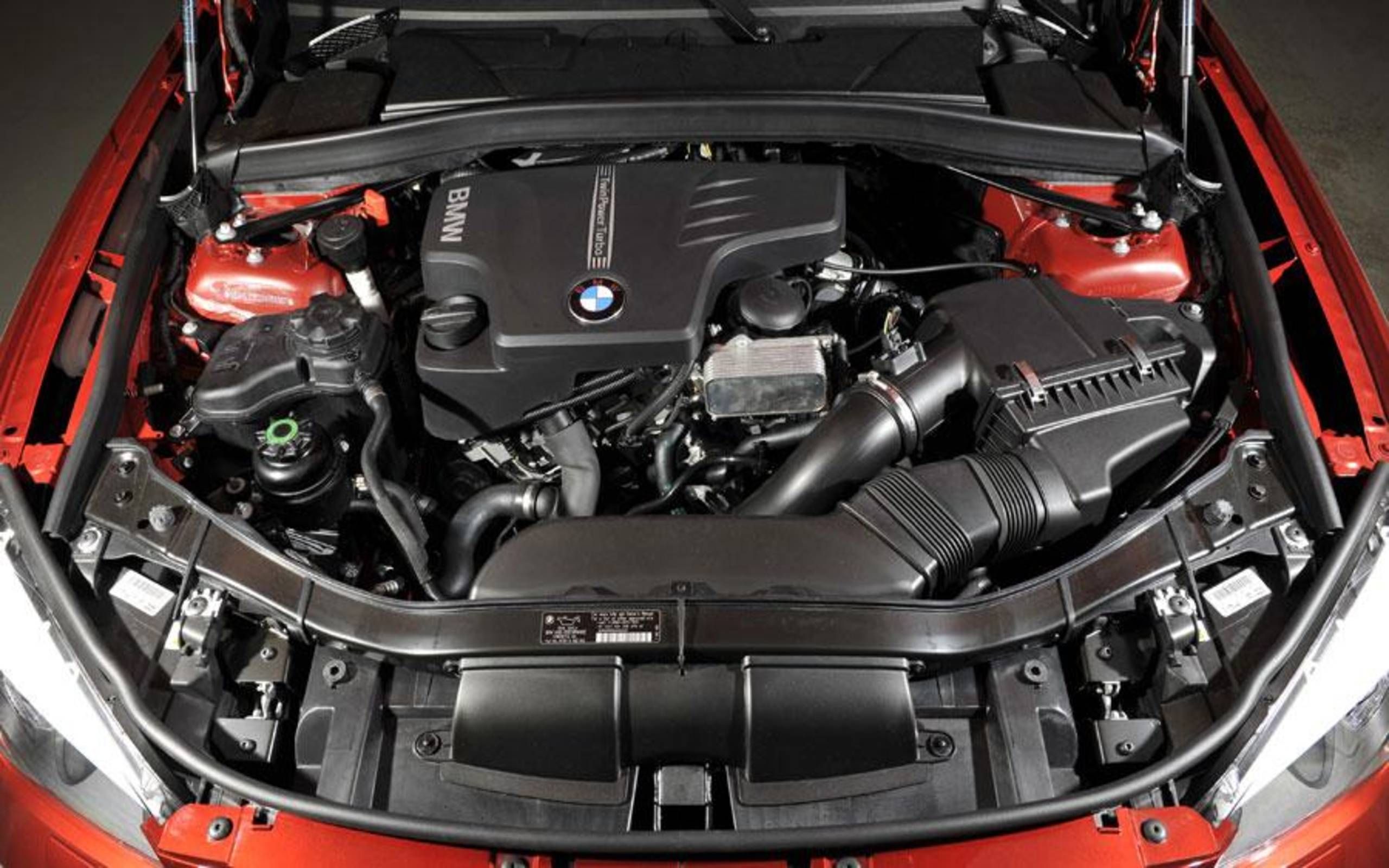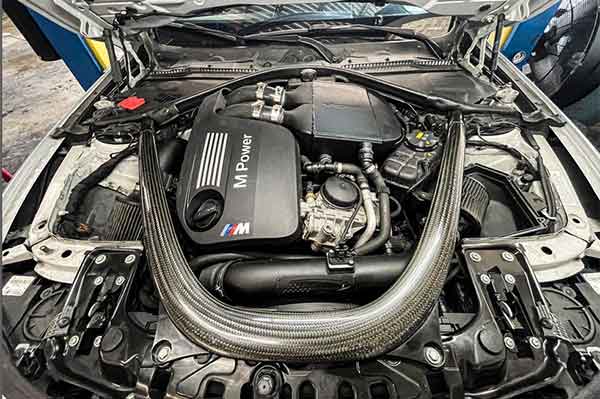Revealing the Intricacies of Next-Generation Power Units: a Deep Dive Into Advanced Engine Designs and Developments
As we stand on the precipice of a new age in transport, the complexities of next-generation engine designs beckon us to discover the innovative technologies and advancements that promise to redefine the driving experience. Digging much deeper right into the realms of discharge control, smart engine management systems, and the horizon of power device growth, we locate ourselves on the cusp of a transformation that guarantees to reshape the landscape of flexibility as we understand it.
Development of Engine Materials

The shift towards advanced engine products has actually additionally made it possible for designers to develop engines with higher power outcomes while keeping gas effectiveness requirements. The usage of lightweight products minimizes the general weight of the engine, leading to enhanced gas economy and lower emissions. Furthermore, developments in products modern technology have actually enabled much better thermal administration within engines, resulting in raised dependability and long life.
Turbocharging and Supercharging Technologies
How do Turbocharging and Supercharging Technologies reinvent engine performance and efficiency in modern-day cars? Supercharging and turbocharging are innovations that substantially enhance engine efficiency by boosting the amount of air intake into the burning chamber. Turbocharging achieves this by utilizing a wind turbine driven by exhaust gases to pressurize the intake air, while turbo charging utilizes a belt- or chain-driven compressor to attain the very same effect.
These innovations allow smaller sized, a lot more fuel-efficient engines to produce power equivalent to larger ones, called downsizing. Forcibly more air into the cyndrical tubes, turbo charging and turbocharging improve combustion performance, leading to boosted horse power and torque result without a considerable rise in engine dimension. This leads to far better velocity, towing capacity, and overall driving efficiency.
Moreover, supercharging and turbocharging add to boosted gas performance by enabling the usage of smaller sized engines that consume less fuel under typical driving conditions - bmw engine. This combination of improved performance and performance has made turbocharging and supercharging indispensable components of many modern-day engine designs
Emission Control and Environmental Impact
With raising global issues relating to air top quality and ecological sustainability, the execution of exhaust control technologies in automobiles plays a vital function in minimizing unsafe toxins released right into the atmosphere. Modern vehicles are outfitted with sophisticated exhaust control systems that assist lessen the environmental effect of auto operations. Catalytic converters, for example, are made to convert toxic gases such as carbon monoxide, nitrogen oxides, and hydrocarbons right into less hazardous compounds like carbon dioxide and water vapor.
Moreover, improvements in engine innovation, such as the assimilation of exhaust gas recirculation systems and careful catalytic reduction, have actually considerably added to lowering emissions. These modern technologies work in tandem to maximize combustion performance and lessen view website the launch of dangerous pollutants right into the air. Furthermore, the development of crossbreed and electrical vehicles stands for a crucial action towards minimizing the overall environmental impact of the transport sector.
Intelligent Engine Monitoring Equipment

In addition, these systems make it possible for automobiles to meet rigid emissions standards without endangering performance, giving a more eco-friendly driving experience. The integration of artificial intelligence and artificial intelligence capabilities in engine monitoring systems remains to press the boundaries of what is possible, causing additional enhancements in efficiency, reliability, and general automobile performance. bmw engine. like this As auto technology advancements, intelligent engine monitoring systems will certainly play an important role in shaping the future of transport towards a more reliable and lasting instructions
Future Trends in Power Unit Growth
As smart engine monitoring systems lead the way for boosted control and optimization in modern-day cars, future trends in power system advancement are poised to redefine the landscape of vehicle propulsion technologies. These different power resources supply improved effectiveness and efficiency while straightening with stringent environmental regulations.
One more significant fad is the integration of advanced materials and manufacturing techniques. Lightweight materials such as carbon fiber and light weight aluminum are being used to decrease general lorry weight, enhancing gas effectiveness and performance. In addition, developments in 3D printing and additive production are making it possible for the production of complex engine elements with greater accuracy and toughness.
In addition, expert system and artificial intelligence are playing a critical function in maximizing power system performance. These modern technologies enable for real-time monitoring and adaptive control, leading to much more dependable and effective power delivery. In general, future trends in power unit growth are tailored towards sustainability, performance, and effectiveness, driving the automotive industry in the direction of a new age of propulsion innovations.

Verdict
In verdict, the innovations in engine materials, turbocharging, exhaust control, and smart monitoring systems have actually led the means for next-generation power systems. The detailed layouts and developments in contemporary engines display the continuous advancement of vehicle technology.
Exploring the modern innovations in engine materials has actually been crucial in boosting the performance and performance of modern-day engines. Over the years, the evolution of engine products has played a crucial function in pushing the boundaries of what engines can achieve.The shift in the direction of progressed find more engine materials has actually likewise enabled engineers to design engines with higher power results while keeping gas performance criteria.The application of intelligent engine management systems in modern cars has actually transformed the method engines are managed and enhanced for performance and efficiency. By gathering data in real-time and assessing it with sophisticated formulas, smart engine administration systems can adapt to driving styles, ecological elements, and engine health and wellness to take full advantage of power result while reducing gas consumption and discharges.